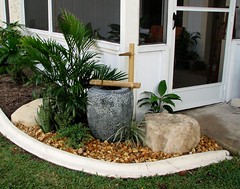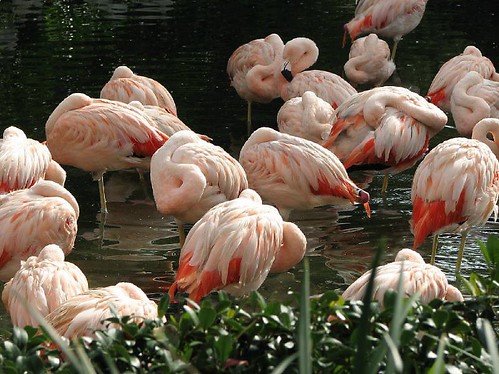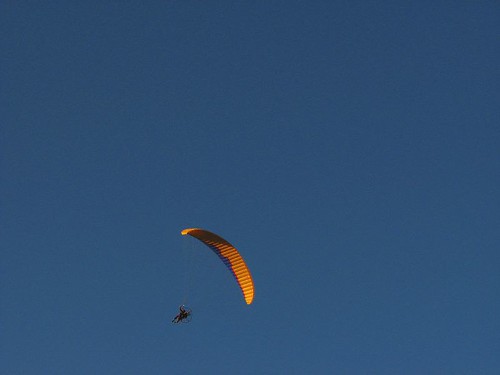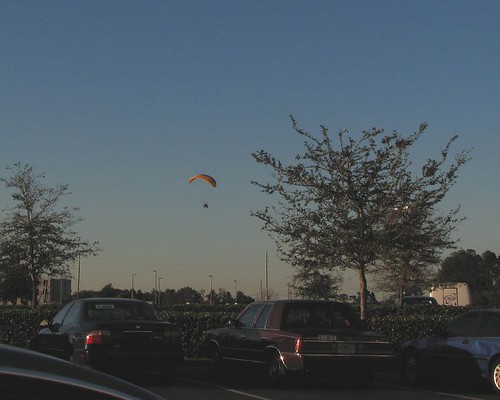
Available only at TheLifeSafari.com
Many of us have it on our "to-do-before-I-die" list: go on an African Safari. John Strelecky (as Jack) had it on his list, too. Life Safari is about how he had dreamed of experiencing Africa, when he decided to take the trip, who and what he discovered there, and why it changed his life.
John Strelecky tells us about an old woman, Ma Ma Gombe, an experienced safari guide, who not only showed Jack where the animals were, but also shared the wisdom, and the secrets, of the wild continent. Jack told Ma Ma Gombe that he wanted to walk across Africa to see five animals, his African Big Five. The old woman agreed to help him because doing so meant she would also have the chance to pursue one of her "Big Five for Life"--the five things to see or do to declare one’s life a success.
Life Safari is a simple story that can be read in one sitting; but each chapter, each lesson that Ma Ma Gombe shares, each adventure with the wild animals, hides a deeper meaning. Interestingly, these "deeper meanings" are universal. Readers, no matter their circumstance in life, can relate and find countless takeaways from the book.
Through Life Safari, Strelecky succeeds in inspiring his readers to contemplate on their personal "Big Five for Life." What are the five things you want to see or do to be able to say that your life was a success? Through Ma Ma Gombe’s stories and advice, the book shares some specific strategies on how to pursue them.
It doesn't have to be Africa. You only need to immerse in the story, be amazed at how it often touches on your own dreams of adventure and excitement, and dwell on the magic and mystery of life and the universe. This book is really an essential guide... for a life journey, a life safari, that each of us will have to take.
---
Read my other book reviews at OurSimpleJoys: Inspiration: Book Reviews










